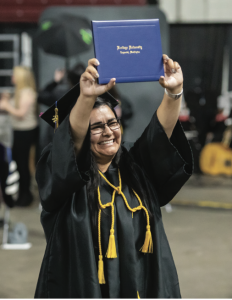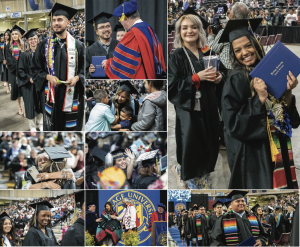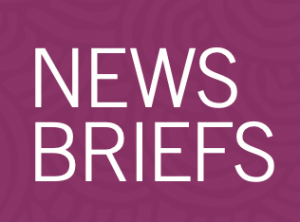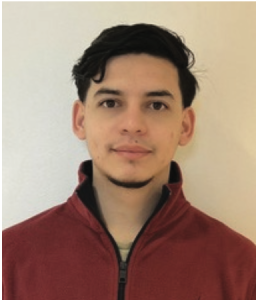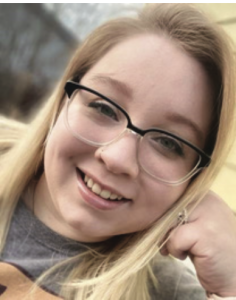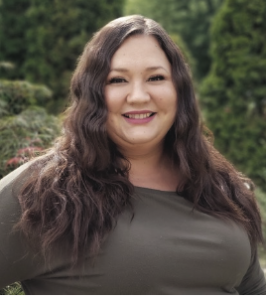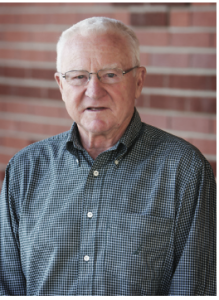Generosity and Gratitude
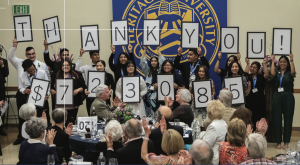
Heritage University students reveal the night’s total raised during the 36th Annual Bounty of the Valley scholarship fundraiser held on campus June 4, 2022.
The first live, in-person Bounty of the Valley Gathering for Scholarships and Paddle Raise in three years was a resounding success, bringing in nearly three-quarters of a million dollars that evening! That amount continues to rise as contributions come in online.
“To say we are grateful is an understatement,” said David Wise, vice president for Advancement. “Our students depend upon scholarships to make their dreams of earning their degrees a reality. It is incredibly heartwarming to see so many like-minded people in one room raising their paddles high to ensure that higher education remains accessible.”

Scenes from the 36th Annual Bounty of the Valley scholarship fundraiser at Heritage University held June 4, 2022.
The event occurred on Saturday, June 4, on the Heritage University campus in Toppenish. Organizers shook things up a bit from previous pre-COVID events.
“One thing that makes this event special is the way it brings together our students, friends and supporters. Historically, getting people from the reception to the dinner was challenging because they were having such a good time socializing,” said Dana Eliason, senior director of development. “We decided to do a bit of restructuring so our guests could have more time to interact and enjoy the evening.”
The format change replaced the formal, multi-course served meal with an open buffet of gourmet favorites, such as beef tenderloin, salmon, and jumbo prawns, served at the reception in the university’s Jim and Gaye Pigott Commons. The traditional cocktail hour was extended to two hours. Then the guests moved to Smith Family Hall in the building next door for dessert and the program and paddle raise. Additionally, the program portion of the evening, where guests hear from students who have benefited from the scholarships funded through their support, was live- streamed on the Heritage website.
“The format was a bit of an experiment,” said Eliason. “And, it worked! Our guests loved having more time to mingle with each other at the reception, the broad selection of food, and the casual elegance that this format affords. Plus, guests who could not be with us in person for whatever reason were able to still participate from the safety and comfort of their own home.”
The Bounty of the Valley is the single largest fundraising event at the university. All of the money raised goes directly to support student scholarships. Since its inception, the event has raised more than $9 million.
There is still time to give. Watch the program online, see the student video, and make a gift online by going to:
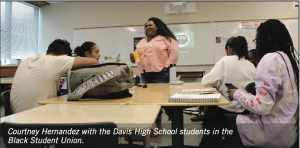
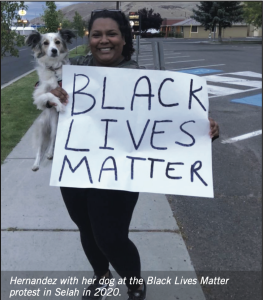 “I was really struggling. George Floyd’s death was just one of many in a string of deaths where a black person was killed. I saw so many people around me just going on with their lives as if their deaths didn’t matter. It was like they were saying, ‘it doesn’t affect my life in any way, so who cares,’” she said. “Then I saw all the protests and the candlelight vigils and the rallies in other parts of the country, and I wanted to be a part of that.”
“I was really struggling. George Floyd’s death was just one of many in a string of deaths where a black person was killed. I saw so many people around me just going on with their lives as if their deaths didn’t matter. It was like they were saying, ‘it doesn’t affect my life in any way, so who cares,’” she said. “Then I saw all the protests and the candlelight vigils and the rallies in other parts of the country, and I wanted to be a part of that.”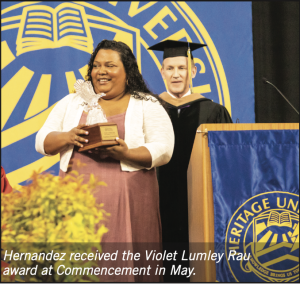
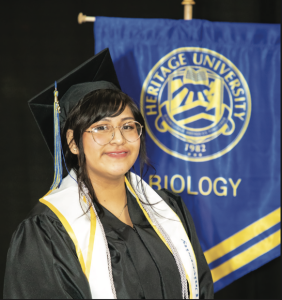
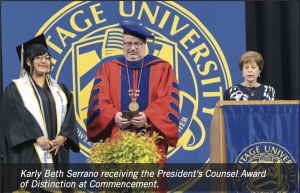
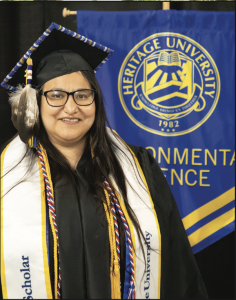
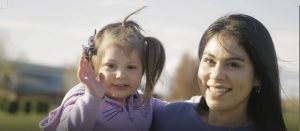

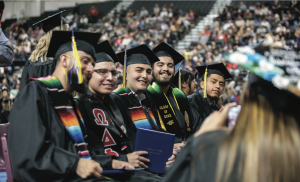 Commencement is always a joyous occasion for Heritage University students and their families. This year it was doubly so. It was the first time in three years that the event took place in person and as scheduled.
Commencement is always a joyous occasion for Heritage University students and their families. This year it was doubly so. It was the first time in three years that the event took place in person and as scheduled.